Vase de fleurs - Le Grand rang
Sketch from the artist's sketchbooks
Ink and watercolor on double-sided paper
Dimensions: 21 x 27 cm
Unsigned
Provenance: Private collection, Les Andelys
Exhibition: René Sautin "Off" Exhibition, Les Andelys, October 2018.
Reproduced in the catalog, page 141.
Watercolor in perfect condition
Unframed
This painting will be included in the catalogue raisonné of the artist's work, currently being prepared by Robert and Thierry Tuffier.
Sold with invoice and certificate of authenticity
Fast and careful shipping with insurance.
René Sautin (1881-1968) was born in Montfort-sur-Risle in 1881.
He entered the École des Beaux-Arts in Rouen in the painting studio of P. Zacharie, then in Paris in the Ferrier studio where he received guidance from Albert Lebourg, a native of the same village. He then joined the Salon des Indépendants with Signac and Luce.
He married Marthe in 1910, settled in Les Andelys in 1911, and became friends with the sons of Pissarro, Signac, Luce, Derain, Guillaumin, Lebasque, Bigot, and Gernez, who met in Les Andelys to paint along the banks of the Seine. Deeply rooted in his Norman heritage, René Sautin was primarily a landscape painter. Around 1923, he abandoned Impressionist techniques for a more serene and deliberate Fauvism. Having found balance in his means of expression from 1925 onwards, the painter reached his peak in the 1950s. He is one of the few Norman painters to depict his landscapes in such a personal way, characterized by their power, a certain controlled violence, and a profound sensitivity. A proud, distinguished, and highly cultured man, he suffered greatly from not being understood in his time and regretted this isolation: "My life has often been hard and difficult..."
René Sautin was born in the same village as the famous painter Albert Lebourg, Montfort-sur-Risle. But it was in Les Andelys that he spent most of his life.
After primary and secondary school in Montfort-sur-Risle and Pont-Audemer, René Sautin immediately turned to drawing: “My studies completed, equipped with a classical foundation, I entered the Rouen School of Fine Arts in the studio of the painter Philippe Zacharie, a distinguished master for whom drawing was a precious metal. Then I went to Paris where I spent a year in Ferrier’s studio… and I embarked on painting with some good friends and by listening to the advice of the painter Albert Lebourg.”
René Sautin left the capital in 1911 to settle in Les Andelys with his wife, Marthe.
The early period of his work was heavily influenced by Albert Lebourg, but very quickly his temperament drew him towards a Fauvist style of painting with calm and reasoned colors. He himself said of his painting: “Painting, in essence, is spreading paint, not rubbing.” From there, I paint thickly, using full impasto, without any rubbing, each stroke being definitive. I never go back over a tone once the stroke is made. This gives my painting great power and a lot of character. Good heavens! Nature is asserted. What makes a tone beautiful is its bold and rich color. The whole art of painting lies in doing or interpreting as one feels, as one sees; everything else is snobbery. To paint is to externalize one's temperament. It is an interpretation of one's thoughts that one passes on to others.” The period of the Second World War profoundly affected the artist, for René Sautin was undeniably a true lover of Les Andelys. He constantly painted the Seine, the quays of Petit-Andely, and Château Gaillard. He very often painted in the same places, but each time he created a new work.
However, on June 8, 1940, the Germans bombed the town of Les Andelys. We then discover a city ninety percent destroyed. The churches and a few houses were spared, but the entire city center vanished under the bombardment of explosive and incendiary bombs.
During this period, artists lost their desire to paint. Nevertheless, in the aftermath of the bombings, René Sautin created a series of watercolors, as if he wished to preserve a record, for future generations, of the city's apocalyptic vision.
From then on, his work changed. His drawing became more defined, outlined in black. On the Seine, the barges flew the French tricolor flag. In the 1950s, René Sautin continued this tendency to emphasize his drawing. Unfortunately, he gradually lost his sight. The artist compensated for his vision loss with increasingly violent and vivid colors. He stopped painting permanently in 1964, four years before his death.
About the seller: Specializing in painters of the Norman School - Rouen School since 1989, Art en Seine is an art gallery located in Le Havre where we present 19th-century, Impressionist, and Modern works.





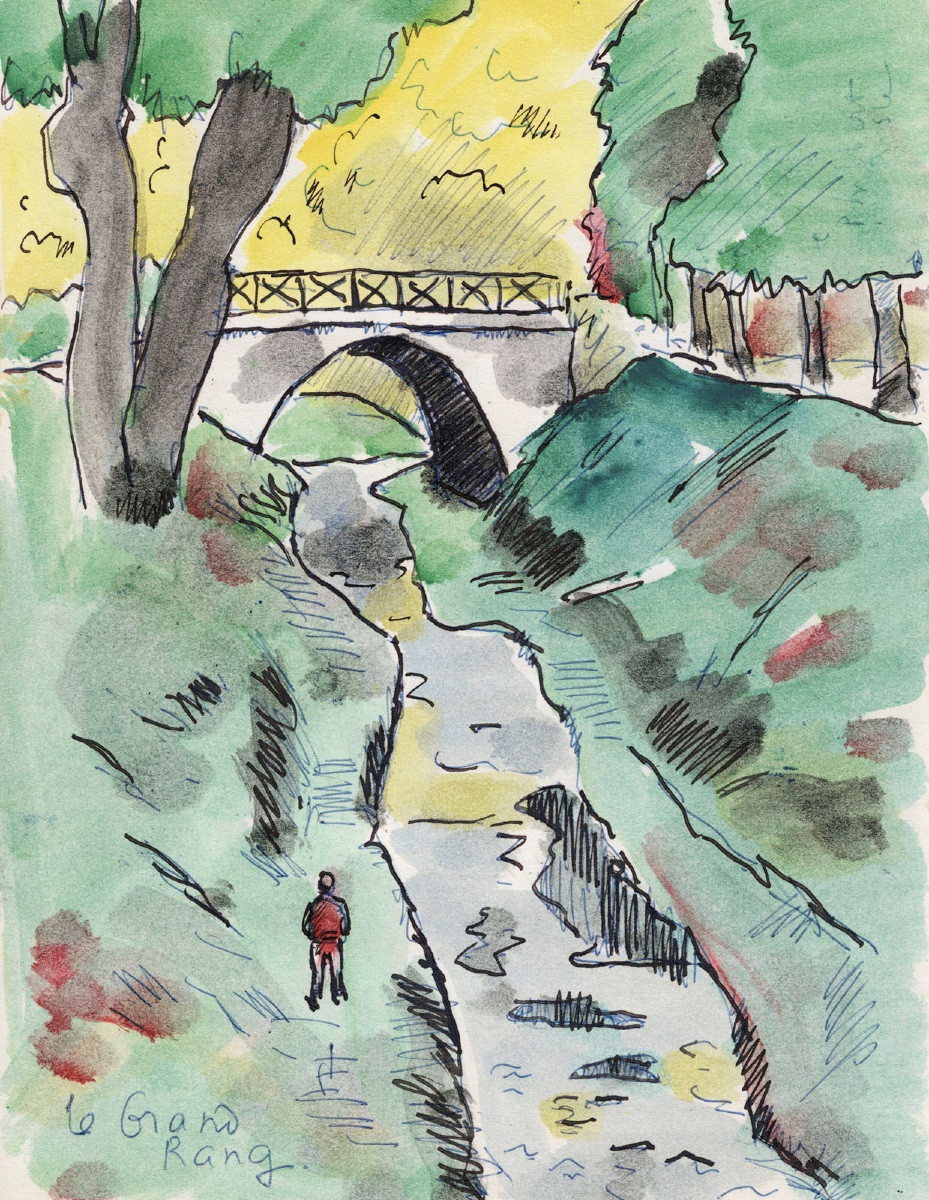



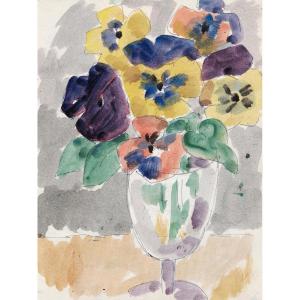











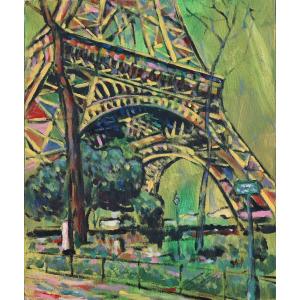


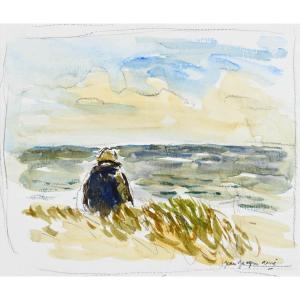






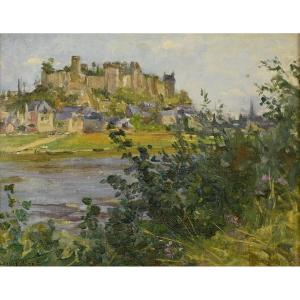




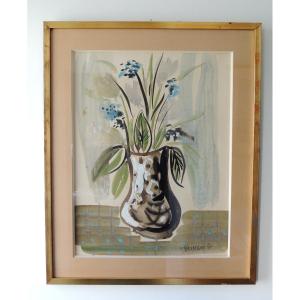



 Le Magazine de PROANTIC
Le Magazine de PROANTIC TRÉSORS Magazine
TRÉSORS Magazine Rivista Artiquariato
Rivista Artiquariato